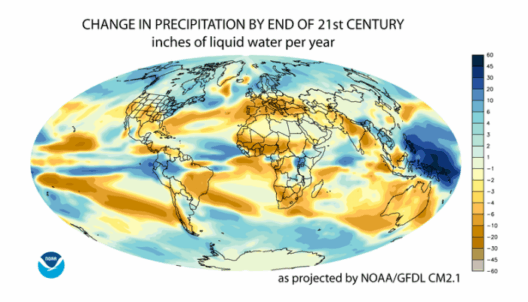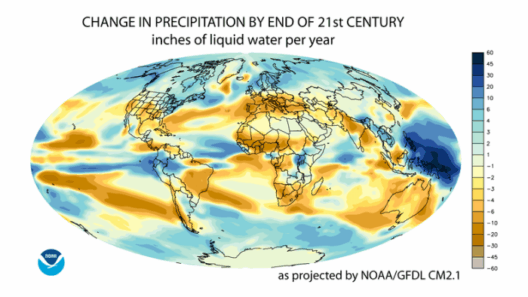Mississippi, the magnolia state, is famously characterized by a climate that boasts humid summers and mild winters. This climatic categorization has a profound impact on the ecology and lifestyle of its residents, shaping everything from agriculture to outdoor recreational activities. At first glance, one might perceive this climatic dichotomy simply as a matter of temperature; however, beneath this surface lie myriad factors, each contributing to the unique identity of Mississippi’s environment.
To fully understand Mississippi’s climate, it is essential to recognize its geographical positioning. Nestled in the southeastern part of the United States, Mississippi is influenced by the Gulf of Mexico’s proximity. The warm waters of the gulf play a significant role in modulating the state’s temperature and precipitation patterns. This geographic advantage ensures that warm, moist air from the Gulf consistently interacts with the state, especially during the sweltering summer months.
Summers in Mississippi are distinctly characterized by high humidity. The average temperatures during this season can soar into the upper 90s Fahrenheit, often feeling even hotter due to the oppressive humidity. This makes for a sweltering experience, where outdoor activities must be strategically planned around the cooler parts of the day. With relative humidity often exceeding 70%, the air becomes thick and heavy, creating an almost palpable texture in the atmosphere. For residents unaccustomed to such conditions, the humidity may seem oppressive, but for others, it carries a sense of vitality, representing the lush and vibrant ecosystems that thrive in such climates.
Additionally, the summer season in Mississippi is marked by an increase in precipitation. Afternoon thunderstorms become a common occurrence, providing temporary respite from the heat while also nourishing the verdant landscapes. This climatic pattern is not just an aspect of discomfort; it has far-reaching implications for agriculture. The high humidity and frequent rainfall create an ideal environment for crops such as cotton, soybeans, and corn, which are pivotal to the state’s economy. The agricultural success of these crops solidifies Mississippi’s reputation as a vital player in the American farming landscape.
Transitioning into the winter months, Mississippi’s climate undergoes a subtle transformation. Unlike the harsher winters experienced in many northern states, Mississippi enjoys relatively mild conditions. Average winter temperatures hover around the 40s to 50s Fahrenheit, making it an inviting season for those who prefer to escape the frigid cold. Snowfall is rare, and when it does occur, it is often met with fascination and excitement, as residents recall instances when the state transformed into a picturesque winter wonderland, albeit occasionally brief.
This mild winter climate offers a unique juxtaposition to the humid summers. It allows for a continuous outdoor lifestyle. Many residents take advantage of the temperate climate to explore Mississippi’s natural beauty during these months. The state’s diverse ecosystems—including forests, rivers, and marshes—become accessible for outdoor activities such as hiking, fishing, and birdwatching. The stark contrast between the seasons beckons both locals and tourists to appreciate the beauty of Mississippi in diverse ways.
However, understanding Mississippi’s climate requires recognition of its vulnerability to extreme weather phenomena. Being located in a region that frequently experiences hurricanes—primarily during the Atlantic storm season—Mississippi has had to grapple with the consequences of climate change. The increased frequency and intensity of storms, rising sea levels affecting coastal regions, and changing rainfall patterns are critical conversations among environmentalists, policymakers, and the community.
Moreover, the combination of humidity and elevated temperatures creates an environment conducive to the formation of heavy fog, especially in the cooler months. This phenomenon enhances the already lush and mysterious aura of Mississippi’s landscapes. The atmospheric moisture engenders a unique climate narrative, where fog blankets the ground in early morning, giving rise to an ethereal quality across the terrain. This captivating effect prompts deeper investigation, as it underscores how intricate weather patterns can shape not only ecological dynamics but also cultural storytelling rooted in the state’s identity.
Looking toward the future, Mississippi’s climate poses both challenges and opportunities. The ongoing dialogue surrounding climate change has galvanized various communities to adapt. Strategies being implemented include sustainable agricultural practices, conservation efforts aimed at preserving wetlands, and the promotion of energy efficiency in residential and commercial buildings. These transitions reflect a broader awareness of environmental stewardship and a desire to protect the unique climatic assets that the state possesses.
In conclusion, Mississippi’s climate—characterized by its humid summers and mild winters—presents a backdrop that resonates deeply with its inhabitants. Theirs is an environment rich in biodiversity, shaped by intricate climatic phenomena, and marked by the endurance of human adaptation. As the world grapples with climate change, the observation of Mississippi’s atmospheric rhythm may serve as a microcosm of the challenges faced globally, while also showcasing the profound connection between climate, culture, and community. A fascination with this climate is not merely driven by its immediate experiences but is also tightly woven into the socio-economic and ecological fabric that defines Mississippi.








